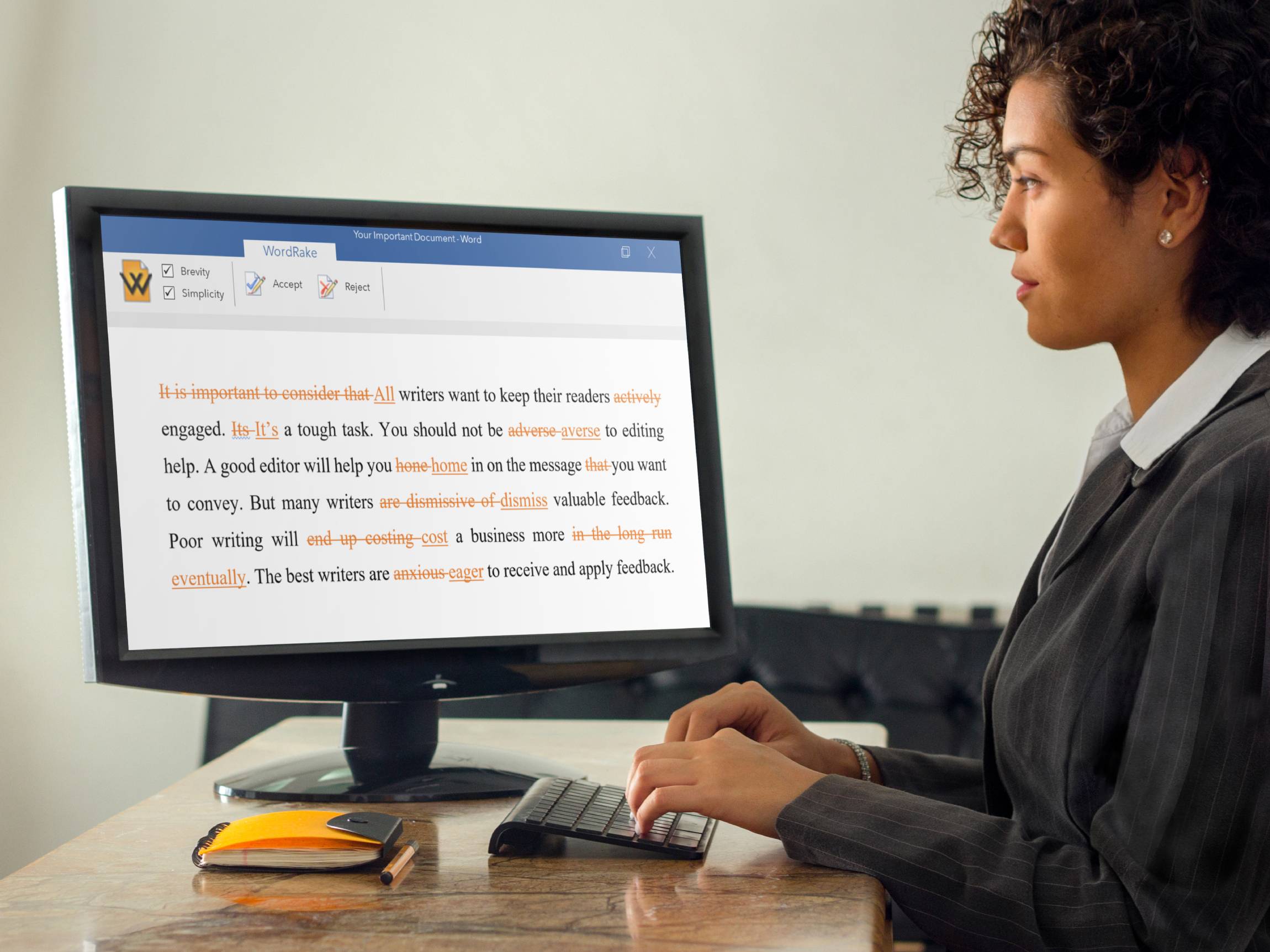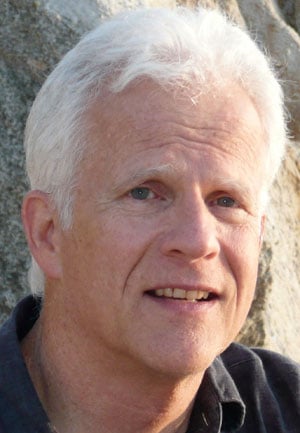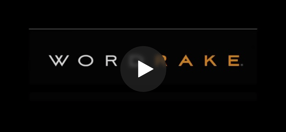Rules for Semicolons, Colons, and Dashes
I didn’t say that; writer Donald Barthelme did, describing semicolons. A grammarian piled on: “Good writers are decisive and stay away from semicolons.” But Lynne Truss, who wrote Eats, Shoots & Leaves, called those who would denounce the semicolon “pompous sillies.” I can’t improve on that.
My favorite explanation of semicolons comes from Lewis Thomas, who won the National Book Award in 1974 for The Lives of a Cell: “With a semicolon there you get a pleasant feeling of expectancy; there is more to come; read on; it will get clearer.”
Many of us use too few semicolons and colons, even em dashes, because we’re afraid of them; we don’t know when to use them. Here’s the simple version: use semicolons to continue a point; colons to set up a point; and em dashes as a parenthetical aside–often with a little bite. The details:
Use semicolons:
between independent clauses: I love Maui; there’s no place I’d rather be.
between items in a series where commas appear among the items: In a single day, you can watch the sun rise from the top of Mt. Haleakala; snorkel among eels, urchins, and parrotfish; and in the evening watch gray whales migrating north.
where related information follows: In the morning, I breakfast on papaya and mango; in the evening, I grill fish basted with guava and lime.
Use colons:
to set up information: One thing about Maui I love above all others: snorkeling hundreds of yards offshore, lost among the reefs.
to introduce a bit of drama: In the water you are an intruder on foreign soil; never was I so aware of that than early one morning as I rounded a volcanic outcropping: slowly in circles above her "nursery" swam a hammerhead shark.
Use dashes:
as an aside to speak more directly to your reader; but try a colon or semicolon first; save the em dash for a sharp stop (see Tips Emenem, Parts I, II, and III for a fuller discussion of of "dashes"): I stopped–paddling and breathing–she was longer than I am–and hoped she was not as nearsighted as most sharks who might mistake me for a flailing Hershey's Kiss
.
A good writer uses colons, semicolons, and em dashes to make a reader read the words the way the writer wants them read. Here are some of the best to show you how:
“Jim had plenty of corn-cob pipes and tobacco; so we had a right down good sociable time; then we crawled out through the hole . . . .” Mark Twain – The Adventures of Huckleberry Finn
“I asked Dad why he kept laughing . . . . And Dad said, Because I was praying this morning; and I prayed Lord, send Davy home to us; or if not, Lord, do this: Send us to Davy.” Leif Enger – Peace Like a River
“. . . . after our meal Jem and I were settling down to a routine evening, when Atticus did something that interested us: he came into the living room carrying a long electrical extension cord.” Harper Lee – To Kill a Mockingbird
“The only way Inman could figure it, the men must have framed the evening in their minds as a type of coon hunt, as sport; otherwise they would have long since gone back to town.” Charles Frazier – Cold Mountain
“Diplomacy, he was fond of saying, is the art of persuasion; and war–never citing his source–is simply diplomacy continued through other means.” Tim O’Brien – Going after Cacciato
No ticks here. Don’t clutter your writing with colons, semicolons, and em dashes; but don’t be afraid to use them to set up, explain further, or control your reader’s eye.





